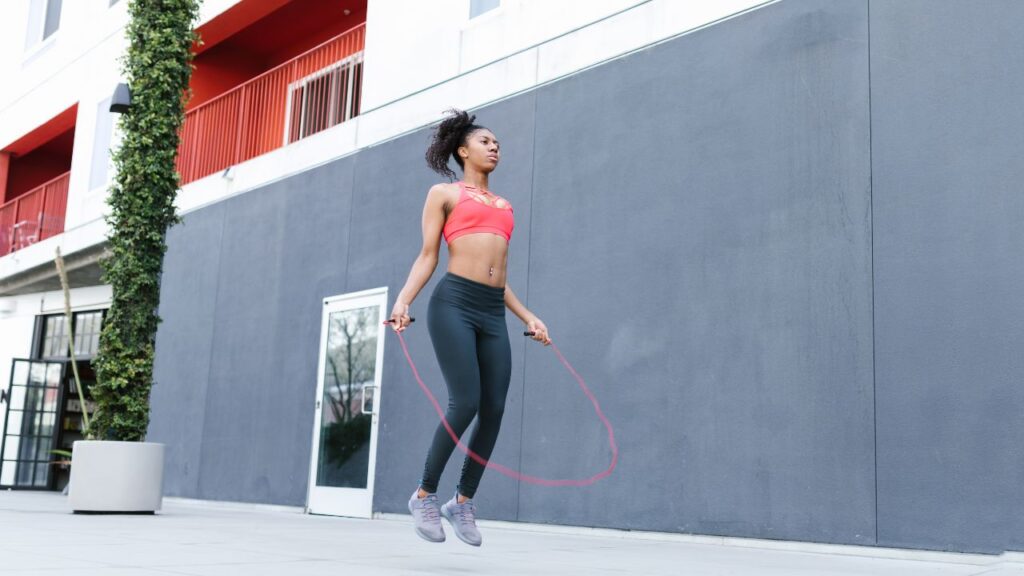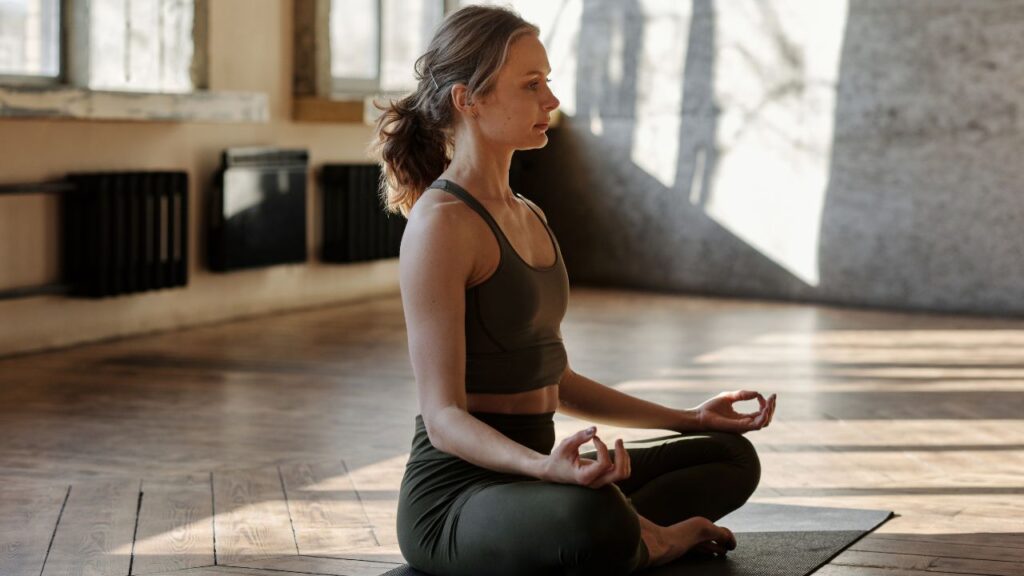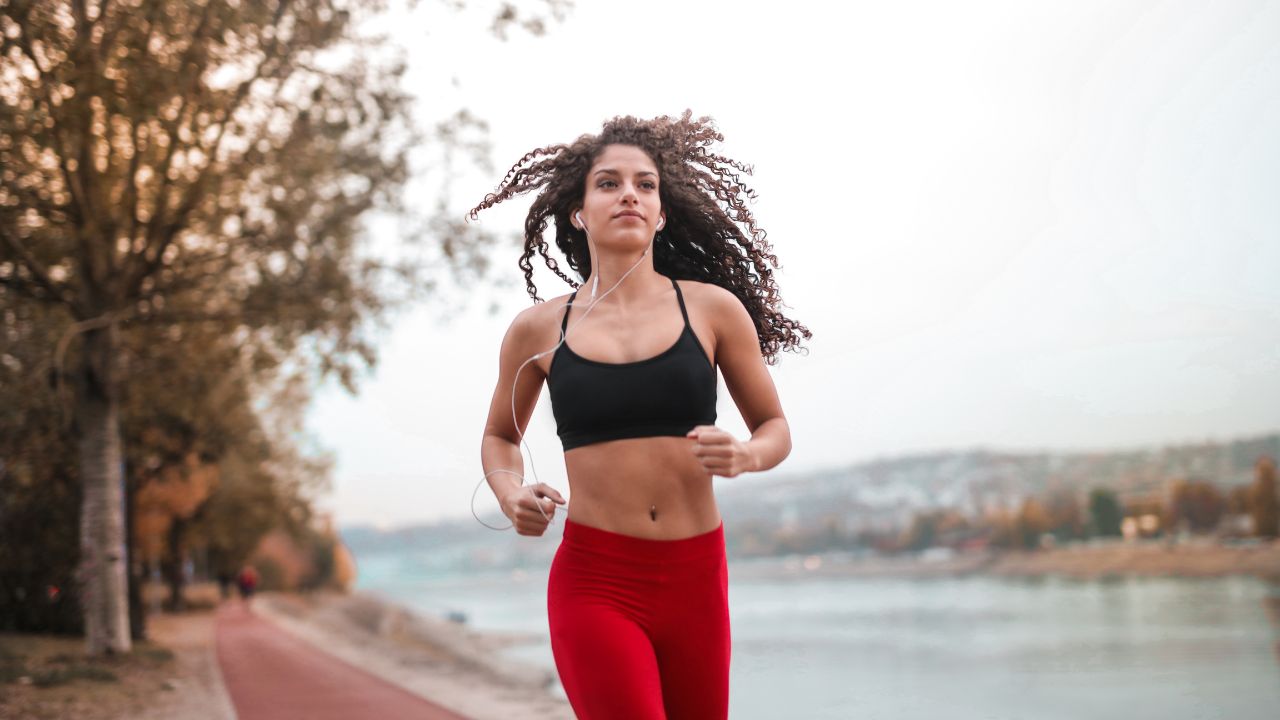Introduction
In this post about How Should a Bra Fit? having the right bra isn’t just good for comfort. It’s also good for confidence and support. How should a bra fit? Many women wonder how should a bra fit? Getting the right fit can positively affect posture, eliminate pain and enhance everyday life. A properly fitting bra can not only make you look better, but can also improve your breathing and decrease headaches from poor posture.
Here in this comprehensive guide, we’re breaking down the telltale signs of a bra that fits just right, the signs that your current one might be off, as well as pro tips for getting a great fit. Whether you’re shopping for your first bra or re-evaluating your size, we walk you through what you need to know for long-term comfort and confidence. Never underestimate the power of the right fit.
Tip 1: Make Sure You’re Measuring Yourself Correctly First
Use a Bra Size Chart
How to find the right size bra Knowing how should a bra fit? begins with measuring the right way. You require two measurements in order to determine your size: the band size and bust size. Simply use a soft tape to measure and follow these simple steps:
- Band Measurement: Stand under the bust. Fan the tape in your hand around your back and under your arms. Ensure the tape is parallel to the floor and the tape lays flat against your skin.
- Bust Size: Measure the fullest part of your bust and make sure the measuring tape fits comfortably.
Use these measurements with a bra size chart to discover your starting size. Online calculators are also useful, but you’ll get a more accurate feel with manual measurement.
Table: Quick Bra Size Guide
| Measurement Type | Where to Measure | Tip |
| Band Size | Under the bust | Keep the tape level and snug |
| Bust Size | Fullest bust | Hold not too hard, stand Erect. |
Remember, brands are inconsistent when it comes to sizing, so don’t be discouraged if your favorite jeans or tailored trousers aren’t in line with these nebulous proportions. What is a 34C in one collection could be something slightly different in another.
That’s why it’s helpful to try on different styles and take note of fit. Measuring at home provides a good basis, but professional fittings are still advised every once in a while, for even more precision.
Tip 2: How to know your bra doesn’t fit Knowing the signs your bra doesn’t fit

Signs Your Bra Doesn’t Fit
Size Of course, even with a size, fit can vary due to the shape of your body and the location of your breasts. Read on for these big warning signs that your bra isn’t fitting properly:
- The band climbs up your back; this means it’s too loose.
- “My cups rennet over” ‐‐ meaning the cups are too small.
- Gapping cups: If you have gaping cups this means your cups are too big.
- Straps are digging into shoulders, an indication that your band isn’t supporting well enough.
- You find yourself adjusting your bra all day long.
Here are the signs you’re not wearing the right size or style.
How to Tell If Your Bra Fits
A well-fitted bra should:
- rest flat in the center of cups, do not pull away from body.
- Feature a horizontally level band in the back that won’t jump up when you move around.
- Provide maximum coverage directly over your boobies with no gap, wrinkle, or connection.
- Provide uplifting support without pain or marks.
Knowing when your bra fits well, and how to tell if it doesn’t, can save you from experiencing uncomfortable back and shoulder pain, pinched skin, and in some cases embarrassment. A perfect bra will feel like a second skin, everything you were looking for in a bra will be invisibly there.
Tip 3: Know the Importance of Band Fit
How Tight Should the Band Be?
How Should a Bra Fit? Your bra’s band gives 80% of the support. The cups and straps simply won’t function as they are supposed to without the sufficient band fit.” Here’s how to check the fit:
- It should be fitted but not tight. You should feel like you can breathe and move freely.
- You should be able to place two fingers comfortably under the band. Any more than that and the noose is too loose; any less and it won’t fit over your head.
- The band should be flush to the body, not riding up or digging in.
It All Begins with the B and
If the band is too loose, the weight of your bust will pull on the straps, which can lead to shoulder and neck pain. If it’s too tight, it’s uncomfortable and it leaves marks on your skin. To make it do its job of anchoring the bra while keeping a low profile.
Always begin with the loosest hook on a new bra; as the bra stretches, you’ll have an opportunity to tighten it. The band should be parallel with the floor, and snug but never constricting.
Use the bra fitting guide to nail this essential detail. A backup band provides strapless support and longevity.
Tip 4: Get the Cup Fit Right
What is the Right Cup Size for a Bra?
The entire breast should be contained, not spilling over. Here are key indicators:
- The entire breast (not including the nipple) fits with the entirety of the cup.
- No bulging at the top, sides or underarms.
- No air space in the cup or wrinkling.
- The underwire (if you have it) will rest flat against the ribcage and encase all the breast tissue.
From posture to pressure: How to tell if your bra fits properly
If there is wrinkling or spillage in the breasts then try another cup size. A properly fitting cup should be secure without any pinching or sagging. Look at the gore the middle part between the cups. It should lay flat against your chest.
If it lifts or pokes at you, softly or hard, it’s a sign that your cup size is too little. Also, make sure the sides of the cup aren’t press cutting into your tissue. And when you know what should a bra fit like in the cups, you could permanently forget about discomfort and breast tension, or skin chafing.
Tip 5: It’s All About the Strap Fit

Adjusting Bra Straps Properly
More like the straps should serve, not be the sole bearers of weight. They are there to stabilize the fit not to bear the load. Here’s how to get it right:
- Straps need to stay in place and not dig in.
- Tension should be equal on the straps.
- Supportive and comfortable without raising the band.
Check the length regularly. Straps stretch and need to be adjusted over time. If your bra is fitting great on the cups and band but slipping when it comes to the straps, it can make a significant impact on support.
Bra Fitting Tips for Straps
If your straps are however, falling or digging in quite deeply, then your band size or cup size might be off. Maybe the straps could be buckled a little tighter. If that doesn’t do the trick, try going in a different style. Racerback and multiway Racerback styles with J-hooks are good fitting solutions for sloping or narrow shoulders.
Here are some bra fitting tips, such as tightening straps for every wear. Posture can shift for your body throughout the day, so it can help you to adapt accordingly.
Tips 6: Care About Bra Style and Fabric types
Diversity of styles; diversity of fit
Not all bras fit the same. How a bra fits and, therefore, how well is influenced by the design. Each of these styles provides different support and an alternative look:
- T-shirt Bras-gives a smooth finish under clothing perfect to wear from day to night.
- Balconette Bras: Provide lift while rounding the bust, a lower cut neckline.
- Full-Coverage Bras: Best for larger busts in need of more coverage.
- Push-up Bras: Increase cleavage by pushing breasts together.
- Wireless Bras: Great for lounging around, especially for a smaller bust.
opt for the style that flatters your silhouette. Certain women require some styles for certain activities. Realizing how your body responds to each type can be a clue to you on how should a bra fit? you the best.
Fabric Matters Too
Breathable and stretchable materials usually offer greater comfort and maneuverability. Cotton mixes are also good for sensitive skin. For the active lifestyle, moisture-wicking materials are your best bet. Lace and mesh is elegant and beautiful but can be low on stretch.
Feel the texture of clothing against your skin. The best bra is one you forget you’re even wearing. The right material increases the durability of the bra and your satisfaction.
Tip 7: Evaluate Frequently and Fit Frequently

When to Recheck Your Size
Your body evolves and shifts over time thanks to:
- Changes in weight from diet or exercise
- If it lifts or pokes at you, gently or aggressively, you know that your cup size is too small. Also, ensure the sides of the cup aren’t press cutting into your tissue.
- The band should be level with the ground, and maintain a snug (but not tight) fit around your chest.
Changes associated with aging or pregnancy/postpartum
How Should a Bra Fit? You should be fitted every 6-12 months even if you don’t think your size has changed. Your shape can change even if your weight does not.
Chose a Professional, Body-Sweeping Bra Fitting Guide
Most lingerie stores provide free fittings. Professionals know how a bra should be fitting you and can save you time and guessing work. They can also help you play with styles you might not otherwise consider. A professional fitter will evaluate your posture, shape and lifestyle to get a personalized fit.
Do not base everything purely on what you wore years ago. It’s the only way to keep your wardrobe fresh, supportive and up-to-date. It’s all about fittings — to hell with that, you owe it to your body.
Conclusion:
How Should a Bra Fit? Clear as bras on how to know if a bra fits? Practice the proper sizing, learn the signs you’re wearing the wrong size, and find the best cut for your body. Reevaluate regularly, and do not be afraid to visit a fitting expert. You deserve a bra that fits well and that you feel great in.
A proper bra can change not only your shape, but your life! Begin by making sure your current fit is up to snuff today. Follow our rules of thumb, apply a bra fitting guide, and don’t shirk from some trial and error to find the best fit for you. Comfort breeds confidence, and confidence starts in the right fit.
Ready to get your perfect fit? Check out our entire bra fitting guide or seek professional help if you need it, today.
FAQ:
1. How do I know if my bra is the right size?
The correctly fitting bra will rest flat in the center, support without gouging your skin and fulfill the cups and fully contain your breasts.
2. How long should a bra measurement last?
Recheck every 6-12 months, or with any major changes in body. Epexegetic Images At times changes in weight (or weight distribution), exercise routine – or an over-zealous bout of stretching – can have an effect on your size.
3. What are the signs that your bra doesn’t fit?
If you see gaping cups, digging straps, your band riding up or are constantly fiddling with your bra to make it more comfortable, then there are some major warning signs. These are warning signals of an unsupported.
4. How snug should a bra band be?
Tight enough to support, yet loose enough to place two fingers underneath. It should have the consistency of hard yet bendable plastic.
5. Is there any way for me to measure my bra size at home?
Yes. Use a soft tape measure and a bra size chart. For best results measure band and bust and order by the size chart.
6. Which type of bra gives full support?
For every day wear, full-coverage and underwire bras often provide the maximum support for large breasts. Wide straps are a good thing, as are strong bands (the weights are on your back) and wide Velcro closures.
